|
I still find Pallid Swift a bit of a Jekyll and Hyde character; sometimes when conditions are perfect they can be blindingly obvious, but when they're not distinguishing the two can be one of birdings' toughest identification problems. Watching Pallid Swifts when they arrive in southern Spain in February always helps as Common haven't arrived yet! I did this sketch to try out some new cloured pencils and to go with a note I've written for the Andalucian Bird Society's magazine. It's not perfect, but I hope it helps!
4 Comments
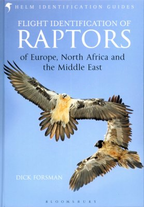 The Flight Identification of Raptors of Europe, North Africa and the Middle East” Dirk Forsman Pub Helm ISBN 978-1-4729-1361-6 £40.50 Kindle £25.99 As the preface of this book makes clear this new guide is intended as a “more user friendly edition” of Dirk Foresman's earlier ground breaking work “The Raptors of Europe and the Middle East: A Handbook of Field Identification” with a “clear focus on flight identification”. Accordingly, this book lacks the detailed notes on identification of non-flying birds although for the most part, particularly observers migration watch-points like the Strait of Gibraltar birds this omission is no great drawback. After two useful opening chapters on “Hawk-watching in and around Europe” (by Keith L Bildstein & Anna Sandor) and migration ecology of raptors (by Ian Newton) there are almost 500 pages devoted entirely to identification of raptors in flight all illustrated by some glorious photos. 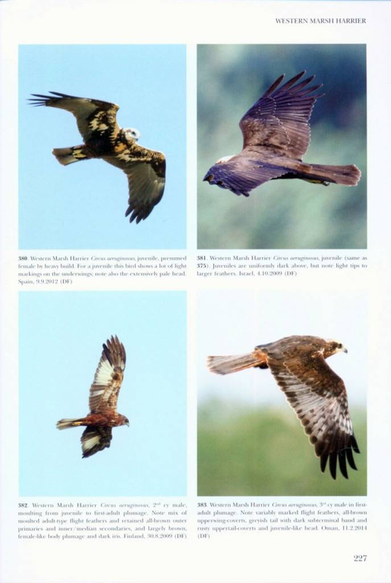 This is the only guide to cover the tricky all dark adult male plumage of Marsh Harrier. This is the only guide to cover the tricky all dark adult male plumage of Marsh Harrier. In truth this somewhat modest preface undersells this superb work which has been greatly expanded to include more species (mainly rare vagrants found at the periphery of the region), deal with various subspecies of commoner birds and even tackle the thorny topic of hybrids (it's worse than you imagined!). As a result this guide gives full details of birds omitted from the earlier work which are now regarded as regular, if rare visitors to Europe notably Crested Honey-buzzard and, particularly from an Iberian perspective, Rüppell's Vulture. Also included a few species now reckoned to be regular in Arabia (Shikra & Amur Falcon). Although the perfectionist will welcome the inclusion of extreme rarites (many with no more than a handful of records), for practical purposes a vanishingly small number of observers in the region will ever need to consult this guide to identify them (vagrants include Swallow-tailed Kite, Pallas's Fish Eagle, Bald Eagle , African Fish Eagle, Hooded, African White-backed and Himalayan Griffon Vultures , Bateleur, Dark Chanting and Gabar Goshawk, Tawny, Verreaux's and Wahlberg's Eagle and American Kestrel). The Black Kite complex (western, 'eastern', Black-eared and, treated here as a full species, Yellow billed) is treated in remarkable depth. The American subspecies of Hen Harrier is promoted to full species status as Northern Harrier and, with increasing reports in the UK, the account is a 'must read'. Once again Iberian observers will pleased to note the detailed treatment not only of 'Atlas' Long-legged Buzzard (cirtensis) but also the problem of hybrids with Common Buzzards); the only book to deal with this thorny topic. Other hybrid headaches dealt with are European Honey-buzzard x Crested Honey-buzzard, Black x Red Kite, Hen/Montagu's/Pallid hybrids and spotted eagle hybrids (a hot topic with recent increases in reports of such hybrids in Spain). 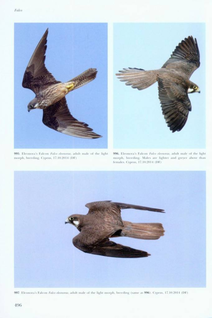 Eleonora's Falcon Eleonora's Falcon Fortunately, if you ignore rarities since, for the most part, they're irrelevant and the exceptional in the form of hybrids it's really not so fiendish as it seems. In each species account the concise usefully italicised text first guides towards identifying birds to species level. For particular 'problem groups' this is supplemented by a short comparative identification essays (on Milvus kites, ringtail harriers, Marsh Harrier/Booted/Black Kite, Accipter hawks, Common Buzzard/Honey-buzzard, spotted eagles, kestrels, 'hobby-like falcons). However, if you're up for what's often a challenge, species texts will allow you to distinguish for males/females (not always easy!) and juveniles/subadults. You can still leave that 'ringtail' harrier identified to species level only, but with a good views, or better still, photographs, you can decide whether it's an adult female or juvenile. As for those fiendish hybrids the truth is that for the most part you can safely ignore them since across most of Europe and in most species they are very rare indeed. If you think you've found a Red X Black Kite hybrid the reality is that it's more likely that you're wrong and it's just one of those rufous looking Black Kites. However, as has already been noted in parts of Spain you're more likely to find a “Gibraltar Buzzard” (Long-legged x Common Buzzard hybrid) than a 'real' Long-legged. The same applies to Crested Honey Buzzard in the Middle East and increasingly spotted eagles in parts of eastern Europe (some of which reach Spain). At times only a good photo will enable you to decide, but given a good view of a “typical” bird at least you now have a much better chance to sort the 'wheat from the chaff'. It's also very useful for those based in or visiting Iberia to find such a thorough treatment of Rüppell's Vulture (simply not easily not available elsewhere) which reminds us that the lack of a sharp contrast on the upper or lower wing alone is not diagnostic. It's also somewhat chastening to read the author's warning that “in Spain Eurasian Griffons are frequently misidentified as Rüppell's by overly keen birders.” 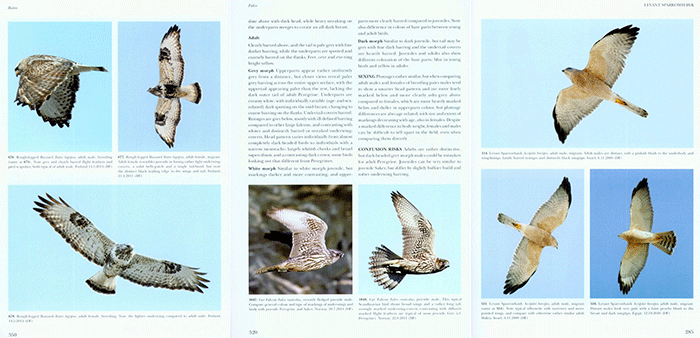 Forsman's earlier book was published in 1999 just as digital photography was becoming available and in the intervening years this new technology has made a huge impact on the quality and availability of good images of raptors. This is displayed to good effect in this new book whose photographs are of a much higher quality (and generally larger) than in the old 'handbook'. Most remarkable is that virtually all of these high quality photos have been taken by the author (the exceptions being American and a few other extralimital species). Each photograph has been selected to depict the key plumages and “known variation” and is accompanied by an informative caption. As the preface states “most identification challenges could probably be dealt with by just consulting the images and their captions” leaving the text as “back-up” for problematic identifications. Of course, one problem with any book written by an expert is that one man's easy identification is another's headache. No matter how good this book is, and it's very, very good, it still cannot substitute for field experience (although it should make the learning process a lot quicker!). 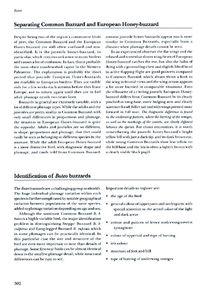 No identification book can ever be the “last word” as new information is always emerging hence Forsman's commendable frequent use of that word “known”, but this guide is as close to it as anyone could hope for and is written with the easy authority of a world class expert. Nowhere is his expertise better illustrated than in his treatment of the Black Kite complex and the problem of hybrids. That's not to say a nitpicking (or grossly impertinent!) reviewer can't find elements that they'd like to see 'improved' or changed. The lack of a map of the region it covers (or even, as far as I could see, a clear definition of that area) seems an odd omission Similarly the utility of the account of “Hawk-watching in and around Europe” would have been greatly improved by the provision of a few maps. A thumbnail map of distribution in the species texts would have been helpful too. I also miss having details such as length, wingspan and even weight which are not given in descriptive notes which, in my view, can be useful when you are able to make direct comparisons. Further, as a mere mortal I felt comparative photo montages of confusion species (a la Richard Crossley) would have helped the nouveau or irregular hawk-watcher too. Equally, all of those confusing vagrants (largely irrelevant in day-today use) might have been better treated in a generous appendix. Some might cavil at the size of the book too, but sometimes this is the price of comprehensive treatment of all eventualities. 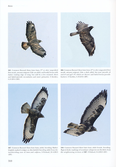 Common Buzzards Common Buzzards Anyone visiting the Strait of Gibraltar to witness the remarkable raptor migration would be foolish not to have studied this book beforehand and have it to hand (and in this context it's good to see that it has been sponsored by Fundacion Migres). Expert birders (real or self proclaimed!) will learn a huge amount and, although those new to the hobby might find it daunting, beginners willing to work at it will find themselves rapidly boosted to the ranks of the super-competent! In short if you're serious about your birding go out and order a copy! Cazalla - Tarifa For years access to the purpose built raptor watching centre at Cazalla just north-east of Tarifa has been bedevilled with problems. In some years the local authority even employed a watchman to turn people away. Happily this negative attitude toward birding tourism now seems a thing of the past. Better still it has been replaced with a welcome progressive approach. As a consequence a new road has been built to improve access and, more importantly I suspect, exit from this excellent site. Hopefully the buildings will be occupied before too long by a long promised education centre. The only downside of all this is that parking spaces may be at a premium in the near future. There are even signs that a similarly positive approach may soon be apparent at nearby Playa de los Lances. The local authority is to be warmly congratulated for these developments particularly at a time when the economic situation remains very difficult. It's also to be hoped that this initiative will encourage the municipal authorities in Algeciras to come good with promises to improve access to Algarrobo - a little local rivalry wouldn't go amiss! Laguna de los Tollos - El Cuervo
The 'official' element of this superb project has now drawn to a close with the laguna now fully sealed, its hydrology safeguarded and the major restoration works completed. This was marked by an official visit from the President of Andalucia, Susana Diaz, on 9th February which, hopefully, reflects a political will to take conservation seriously. A video of this visit can be seem at https://www.facebook.com/AytoElCuervoSevilla/videos/vb.770365762992698/1210716162290987/?type=2&theater and more details can be found at http://www.elcuervodesevilla.es/opencms/opencms/cuervo/actualidad/noticias/mambiente/visitaSusanaDiazLagunaTollo9feb16.html#.Vr0FpvKLSM9. The video includes footage of a model of the ultimate goal which seems to indicate more work will be done in the future. This winter a new track along the southern side of the laguna was opened allowing access to a raised boardwalk and excellent hide (a). This should hugely improve views across the laguna and make it far easier to locate and watch species like Black-necked Grebe, White-headed Duck, Red-crested Pochard, Purple Gallinule, etc. Fortunately, a band of local volunteers will continue to make improvements and monitor this excellent site. There's also a second smaller laguna (d on map) which seems to be earmarked for development as part of the reserve. |
About me ...Hi I'm John Cantelo. I've been birding seriously since the 1960s when I met up with some like minded folks (all of us are still birding!) at Taunton's School in Southampton. I have lived in Kent , where I taught History and Sociology, since the late 1970s. In that time I've served on the committees of both my local RSPB group and the county ornithological society (KOS). I have also worked as a part-time field teacher for the RSPB at Dungeness. Having retired I now spend as much time as possible in Alcala de los Gazules in SW Spain. When I'm not birding I edit books for the Crossbill Guides series. CategoriesArchives
May 2023
|
| Birding Cadiz Province |
|
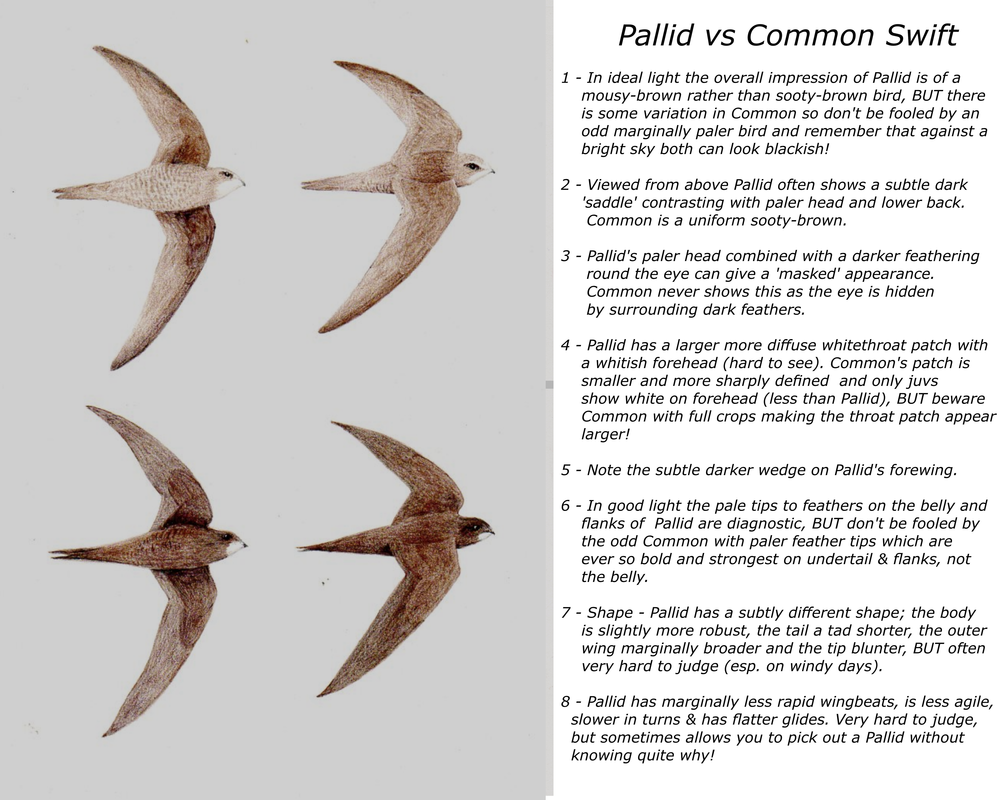
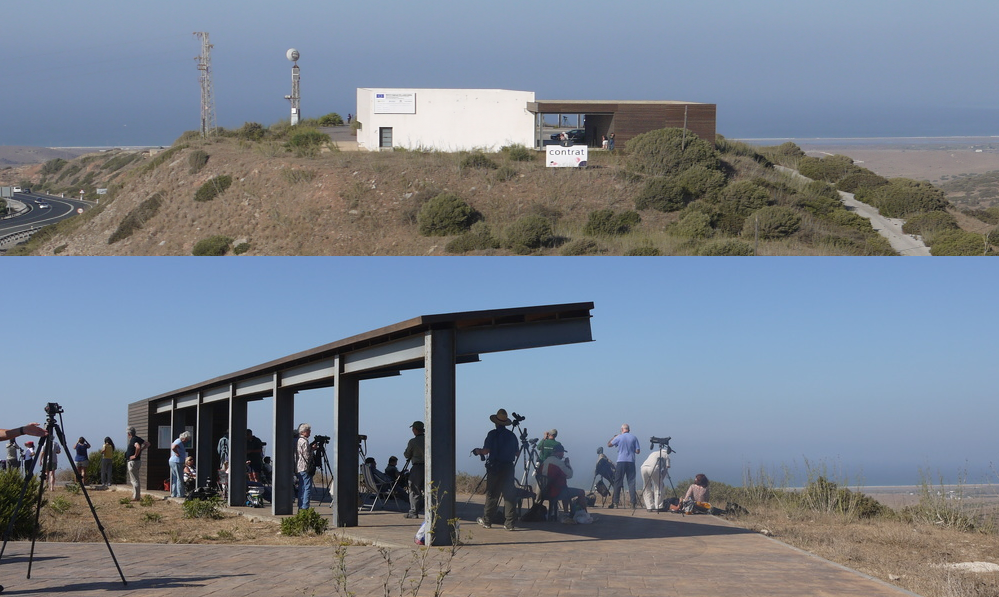
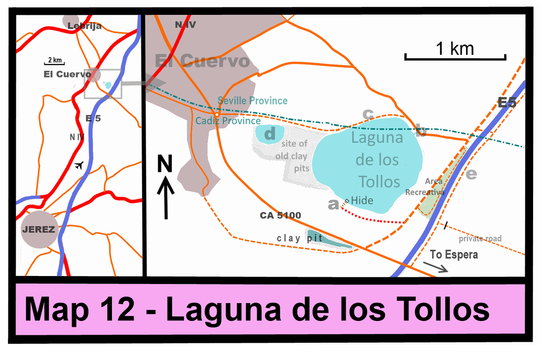
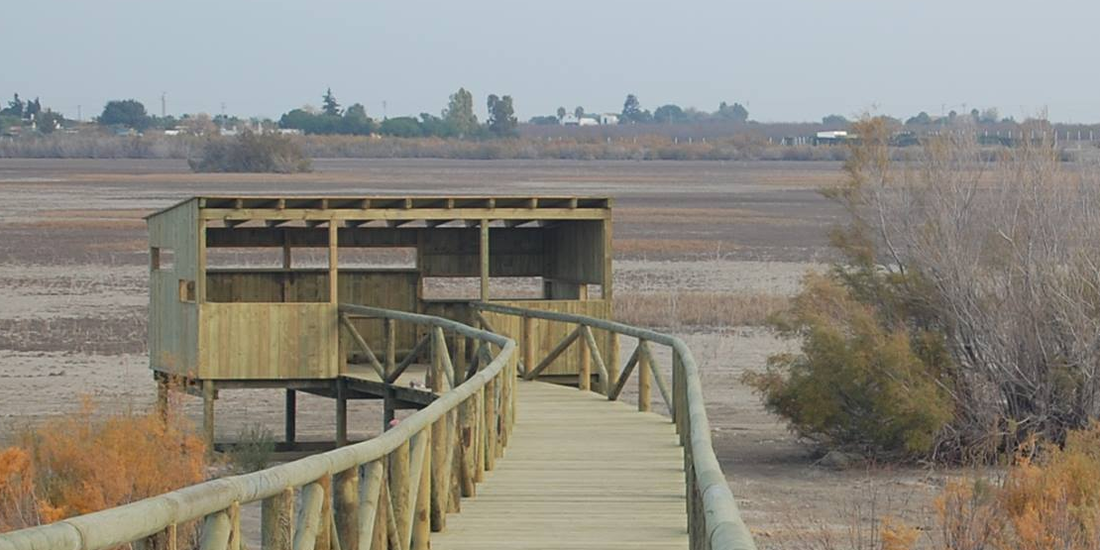
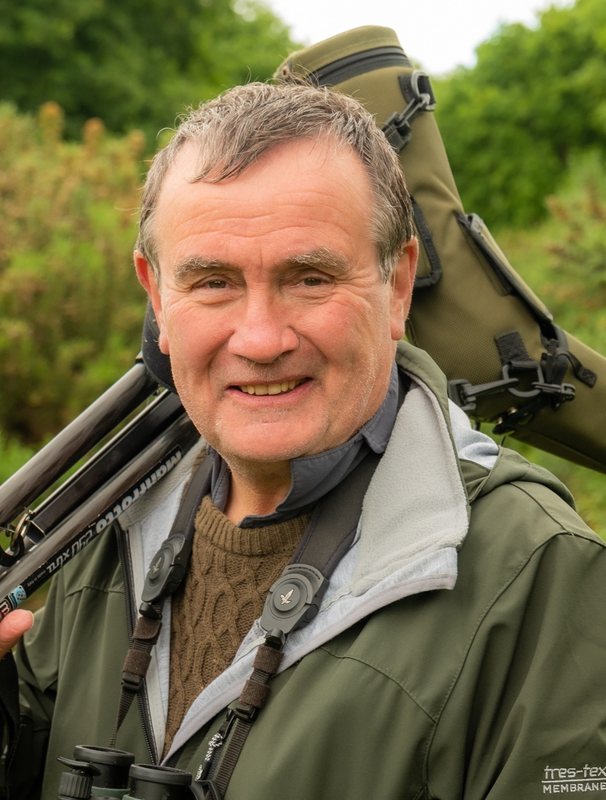
 RSS Feed
RSS Feed
